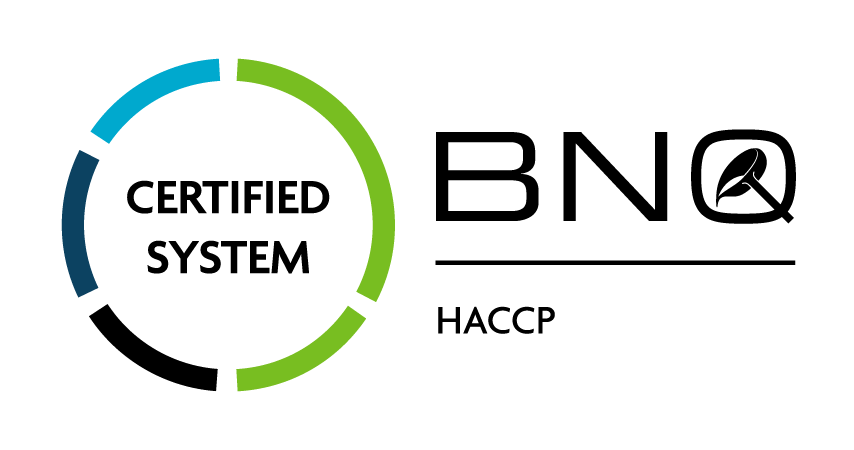In the process of bringing a drug product to market, the drug candidate must be compared against existing approved drugs to prove efficacy and safety, among other key attributes. To compare the drug candidate and approved drugs, blinded clinical studies are performed. One of the most effective ways to blind both the approved and investigation drugs are by placing the dosage form in a gelatin capsule, which serves to “blind” the patient to which product they are being administered. While seemingly straightforward, the process of blinding by over- encapsulation has many factors to consider.
The visual appearance of each dosage form must be the same. By using a gelatin capsule the outward appearance is maintained. However, the color of the gelatin capsule must be considered as a lighter- color capsule could lead to a “shadowing” effect where the dosage form is visible through the shell of the capsule. Additionally, the pigments used to color the hard gelatin capsule must be considered as certain organizations have different regulations on the amounts of certain colorants (e.g. iron oxides) patients can ingest.
Since the gelatin capsule is larger than the dosage form, it is possible that, when shaken, the dosage form can rattle in the capsule. To ensure the drug products cannot be differentiated it is important that a backfill is selected so that there is no “rattle” or that all products have the same “rattle” effect. The backfill should be select so that it is already an inactive ingredient in the dosage form being blinded. If not, there is a risk that there could be an interaction between the dosage form and the backfill. Also, there are well-known interactions (cross-linking) between gelatin capsules and lactose that can slow down the dissolution of the gelatin capsule and thereby affect the performance of the blinded dosage form.
The feel and weight of the blinded dosage forms must be indistinguishable from each other. A patient should not be able to squeeze the capsule on its side and feel the dosage form or be able to determine a difference by weight. A backfill is most commonly used to ensure that the patient cannot “feel” the difference by squeezing the capsule and a weight difference of <200 mg between the blinded forms is usually acceptable.
The design and intent of the study should be considered as well. Pediatric patients can have trouble swallowing a larger-sized capsule, and, if not considered, the size of the capsule could lead to patient non-compliance.
Finally, when blinding dosage forms, it must be ensured that the product performance and integrity of the studied dosage is maintained. To ensure the performance and quality of the over-encapsulated product — provided that the over-fill is a common excipient — multi-media dissolution on the over-encapsulated and neat dosage forms must be performed. The standard analysis is 12 units in three media (e.g pH 1.2, pH 4.5, and pH 6.8). The resulting data should be evaluated, using F2 analysis, and summarized. Additionally, the over- encapsulated product should be placed on concurrent stability to monitor the quality attributes (assay, dissolution, degradation products, etc.).
References:
The Rules Governing Medicinal Products in the European Union, Volume 4, EU Guidelines to Good Manufacturing Practice: Medicinal Products for Human and Veterinary Use Annex 13, 2010
ISPE Good Practice Guide, Comparator Management, 2012.
Guidance for Industry: Bioavailability and Bioequivalence Studies Submitted in NDAs or INDs – General Considerations, March 2014.
DBcaps(R) Capsules Daily Intakes for Colorants, Capsugel, 2013
Alteration in Dissolution Characteristics of Gelatin-Containing Formulations, Pharmaceutical Technology April 2002.
Download the File





